Raus Respiratory Care Pharmacology 9th Edition – Test Bank
Chapter 06: Adrenergic (Sympathomimetic) Bronchodilators
Gardenhire: Rau’s Respiratory Care Pharmacology, 9th Edition
MULTIPLE CHOICE
1. Adrenergic bronchodilators mimic the actions of
|
a. |
cAMP. |
|
b. |
acetylcholine. |
|
c. |
penicillin. |
|
d. |
epinephrine. |
ANS: D
Penicillin is an antibiotic, not a bronchodilator. All adrenergic (sympathomimetic) bronchodilators are either catecholamines or derivatives of catecholamines. Catecholamines, or sympathomimetic amines, mimic the actions of epinephrine more or less precisely, causing tachycardia, elevated blood pressure, smooth muscle relaxation of bronchioles and skeletal muscle blood vessels, glycogenolysis, skeletal muscle tremor, and central nervous system stimulation.
REF: p. 98 | p. 99
2. Relaxation of smooth airway muscle in the presence of reversible airflow obstruction is a general indication for the use of
|
a. |
mucolytics. |
|
b. |
adrenergic bronchodilators. |
|
c. |
antiinfective agents. |
|
d. |
steroids. |
ANS: B
Short-acting β2 agonists such as albuterol and levalbuterol are indicated for relief of acute reversible airflow obstruction in asthma or other obstructive airway diseases. Although mucolytics may help reduce the increased mucus production associated with complicated asthma, they do not reverse bronchoconstriction. Antiinfective agents help fight bacterial or viral infections, but they do not reverse airflow obstruction. Steroids help fight the inflammation associated with asthma; however, they are not fast-acting and cannot reverse airflow obstruction associated with bronchoconstriction.
REF: p. 98
3. Disease states that could benefit from the use of adrenergic bronchodilators include which of the following?
1. Asthma
2. Bronchitis
3. Emphysema
4. Bronchiectasis
5. Pleural effusion
|
a. |
1 and 3 only |
|
b. |
2, 4, and 5 only |
|
c. |
1, 2, 3, and 4 only |
|
d. |
1, 2, 3, 4, and 5 |
ANS: C
Adrenergic bronchodilators would not reverse a pleural effusion. The general indication for the use of an adrenergic bronchodilator is the relaxation of airway smooth muscle in the presence of reversible airflow obstruction associated with acute and chronic asthma (including exercise-induced asthma), bronchitis, emphysema, bronchiectasis, and other obstructive airway diseases.
REF: p. 98
4. Short-acting β2 agonists are indicated for
|
a. |
reduction of airway edema. |
|
b. |
relief of acute reversible airflow obstruction. |
|
c. |
maintenance of bronchodilation. |
|
d. |
thinning of secretions. |
ANS: B
Steroids, not β agonists, are useful in reducing airway swelling. Short-acting β2 agonists such as albuterol and levalbuterol are indicated for relief of acute reversible airflow obstruction in asthma or other obstructive airway diseases. Long-acting β agonists are used for the maintenance of bronchodilation. β agonists are not mucus-controlling agents.
REF: p. 98
5. Your patient is diagnosed with persistent asthma. Which type of drug would you recommend for the maintenance of bronchodilation and control of bronchospasm?
|
a. |
Short-acting adrenergic agent |
|
b. |
Long-acting adrenergic agent |
|
c. |
α-adrenergic agent |
|
d. |
Mucolytic agent |
ANS: B
Short-acting adrenergics are effective rescue medications, but they do not provide the long-term relief needed with the nocturnal symptoms often associated with persistent asthma. Long-acting agents, such as salmeterol, formoterol, arformoterol, indacaterol, and olodaterol are indicated for the maintenance of bronchodilation and control of bronchospasm and nocturnal symptoms in asthma or other obstructive diseases. Adrenergic agents that are α-specific may not provide the β-specific bronchodilation necessary in the control of persistent asthma. Mucolytics do not produce bronchodilation; many may cause bronchoconstriction as a side effect. The topic of corticosteroids has not yet been discussed. The best answer from the given choices is long-acting adrenergic agents. The question is trying to ensure the understanding of the difference between “rescue” medications and “maintenance” medications.
REF: p. 98
6. Your patient presents with post-extubation stridor. You recommend racemic epinephrine for its
|
a. |
α-adrenergic vasoconstricting effect. |
|
b. |
short-acting β2-adrenergic effect. |
|
c. |
long-acting β2-adrenergic effect. |
|
d. |
β1-adrenergic effect. |
ANS: A
Racemic epinephrine is often used via either inhaled aerosol or direct lung instillation for its strong α-adrenergic vasoconstricting effect, to reduce airway swelling after extubation or during epiglottitis, croup, or bronchiolitis or to control airway bleeding during endoscopy. This effect would provide short-term bronchodilation, but little or no relief from airway edema. The α-adrenergic vasoconstrictive response would slow the progress of airway edema.
REF: p. 98
7. You enter the room of a 2-year-old patient who presents with a “barking cough” typically associated with croup. Once the diagnosis is confirmed, which of the following medications could you recommend to help provide relief from subglottic swelling?
|
a. |
Albuterol |
|
b. |
Levalbuterol |
|
c. |
Racemic epinephrine |
|
d. |
Salmeterol |
ANS: C
Although effective bronchodilators, albuterol, and levalbuterol provide little or no relief from airway swelling. Racemic epinephrine is often used via either inhaled aerosol or direct lung instillation for its strong α-adrenergic vasoconstricting effect, to reduce airway swelling after extubation or during epiglottitis, croup, or bronchiolitis or to control airway bleeding during endoscopy. Salmeterol is a long-acting bronchodilator.
REF: p. 98


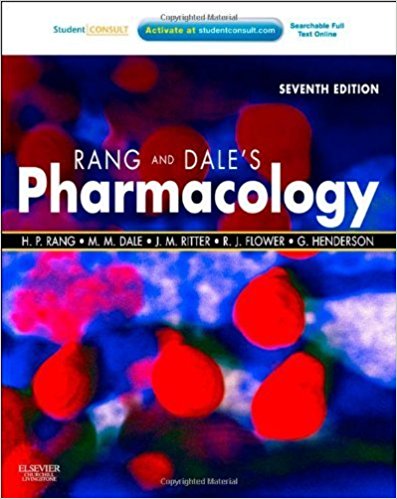
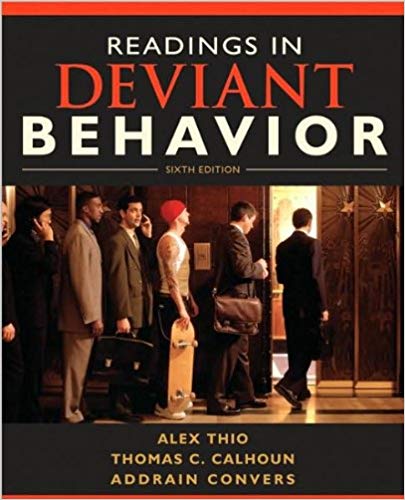


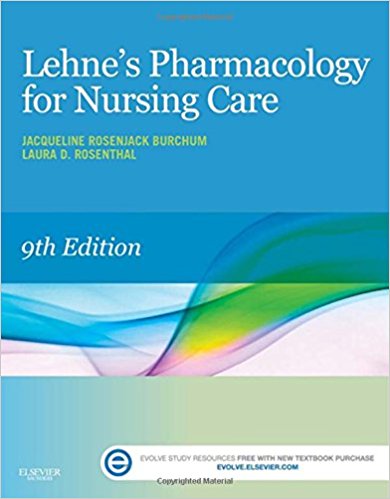


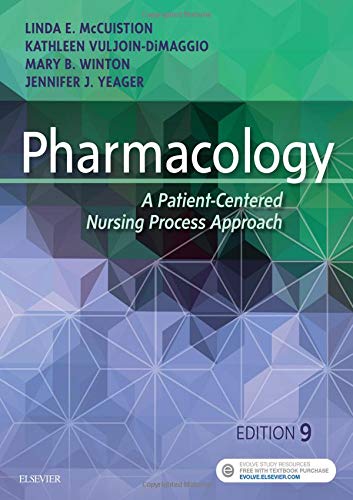
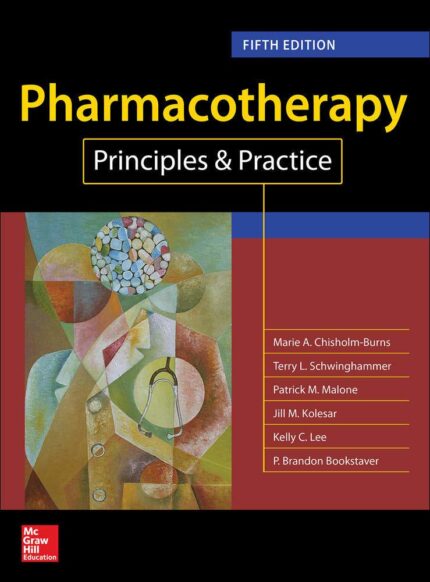

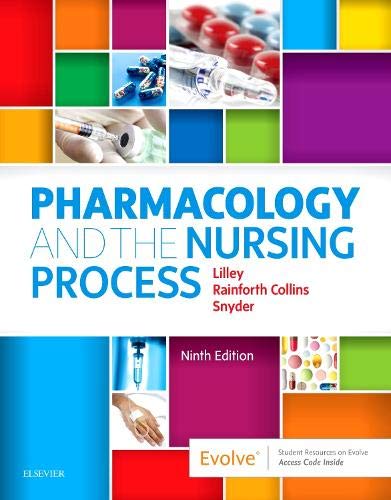
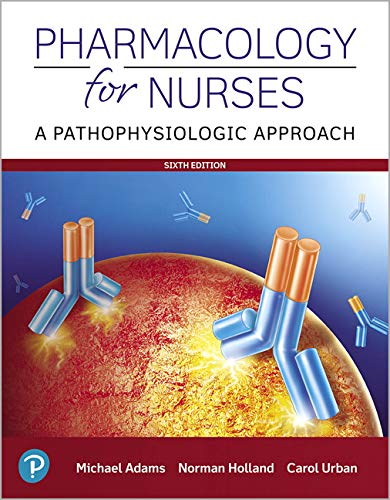
Reviews
There are no reviews yet.